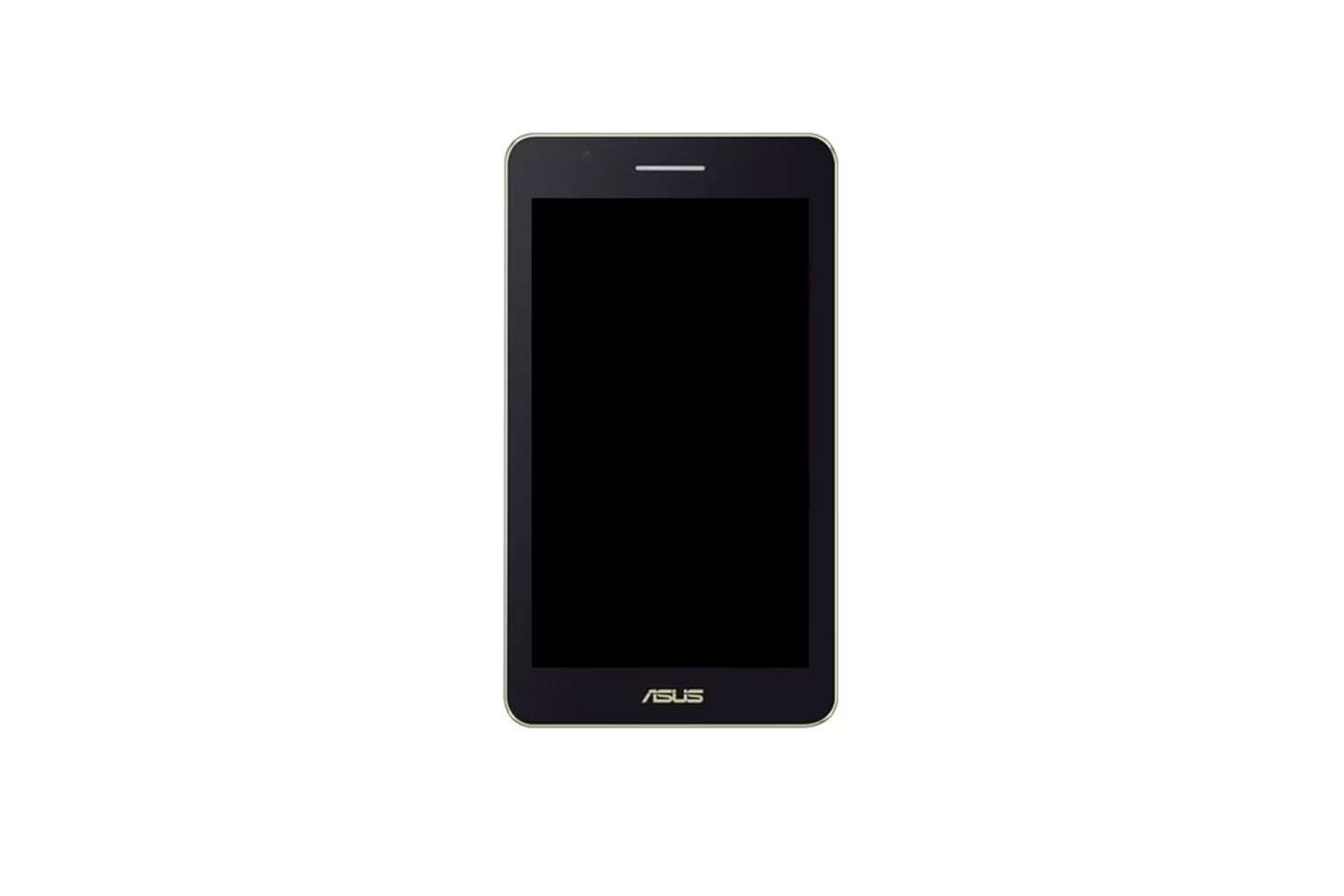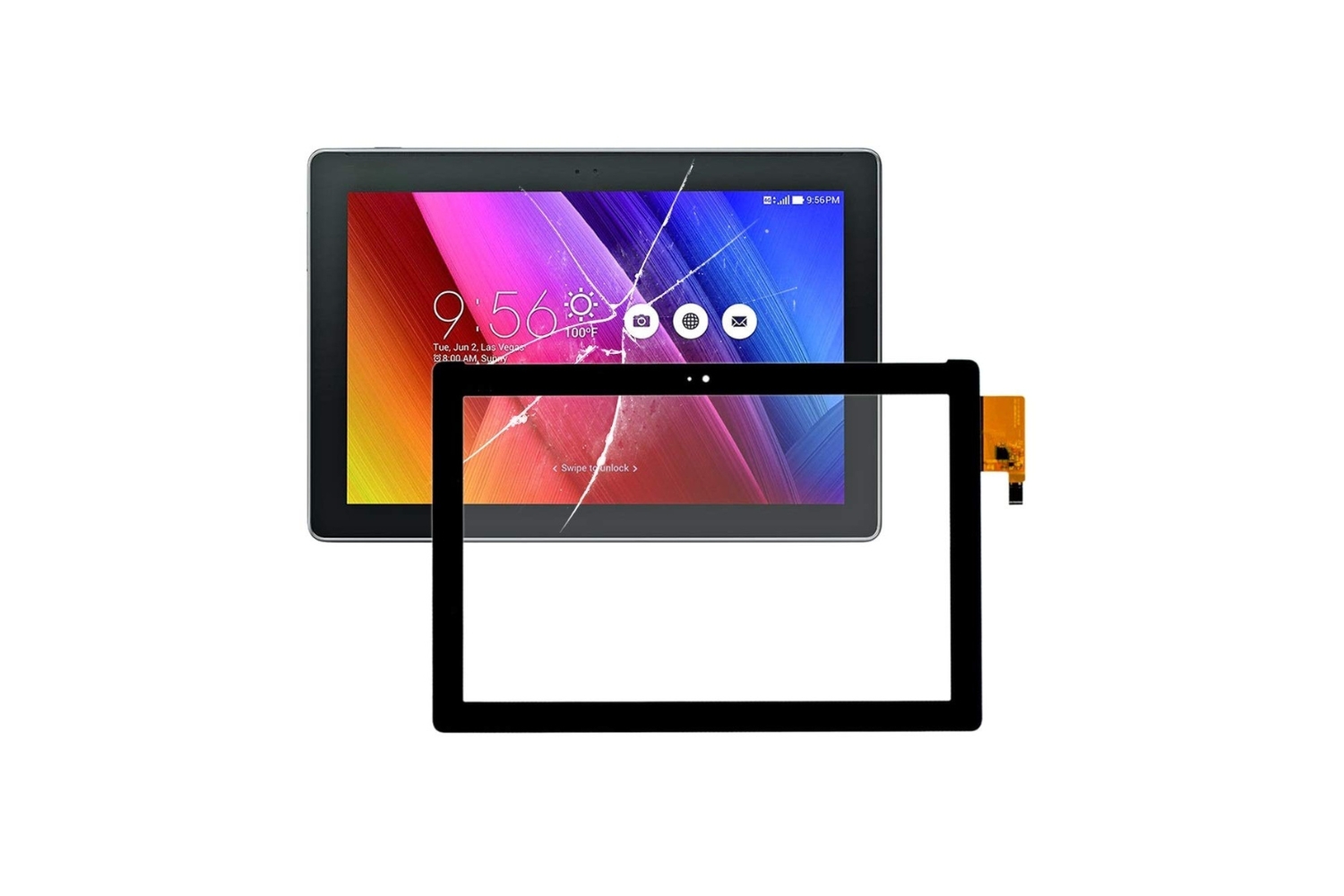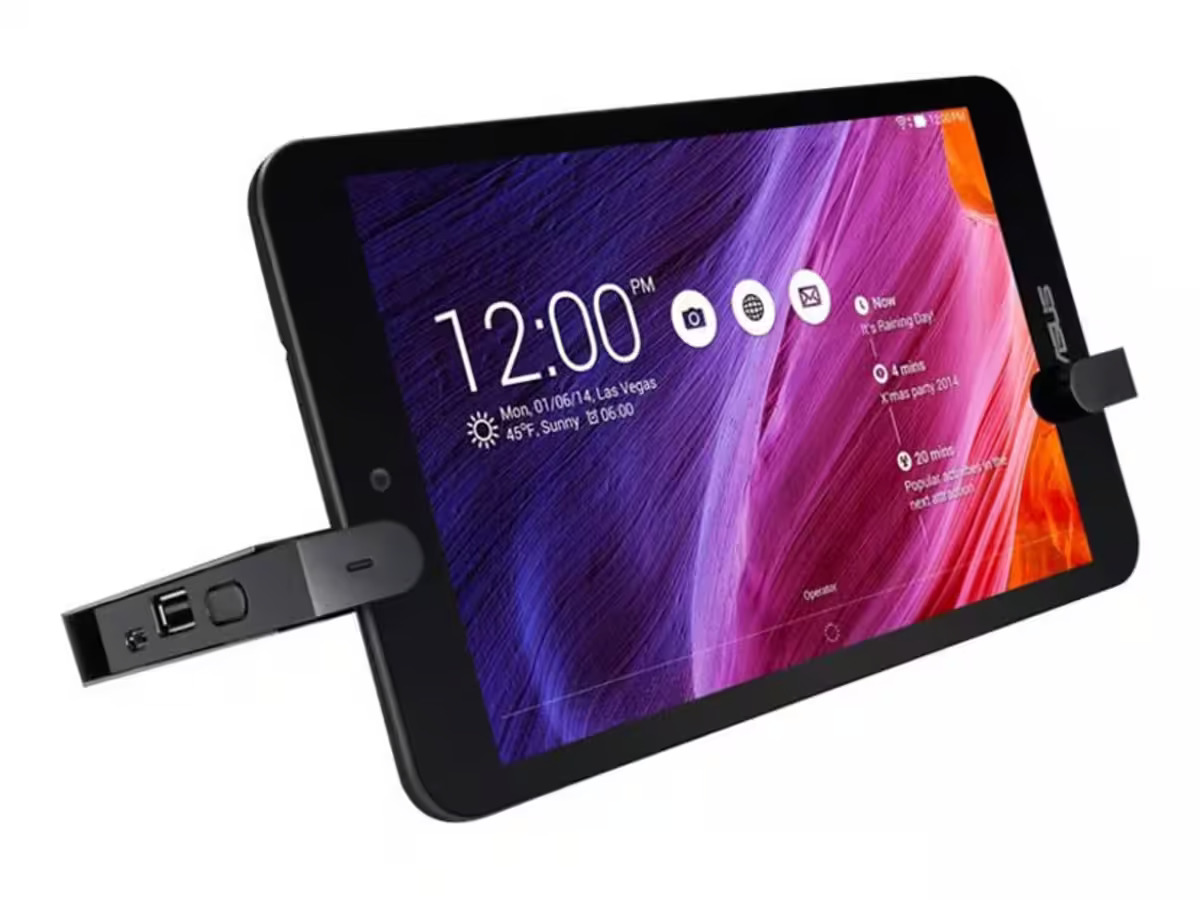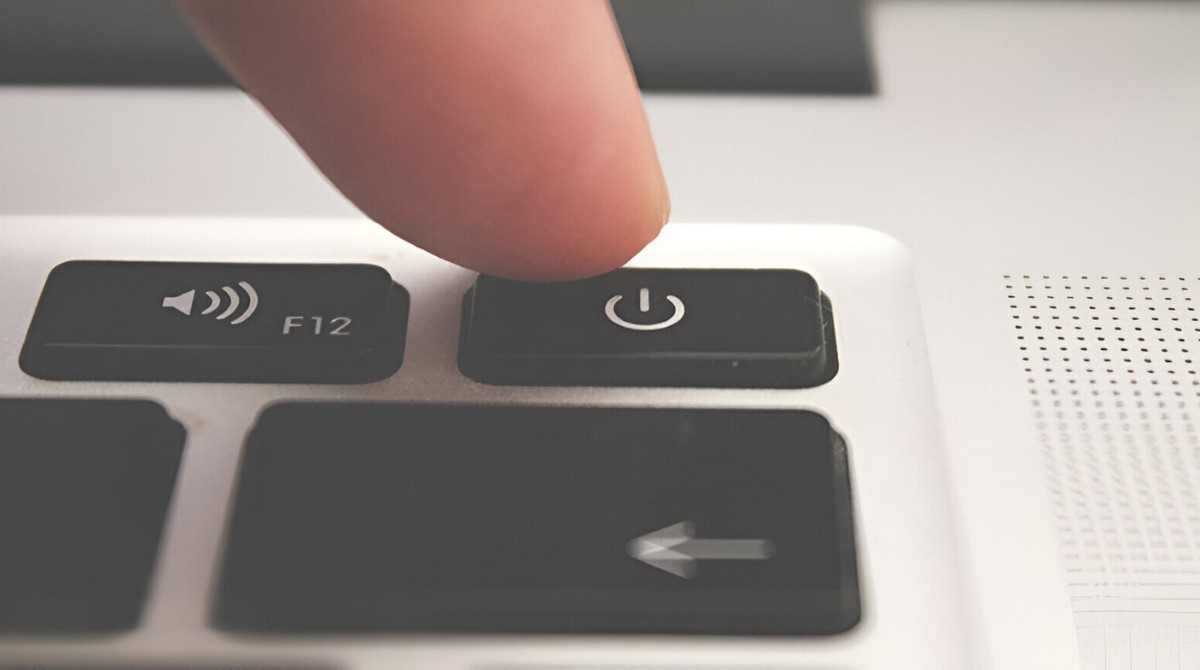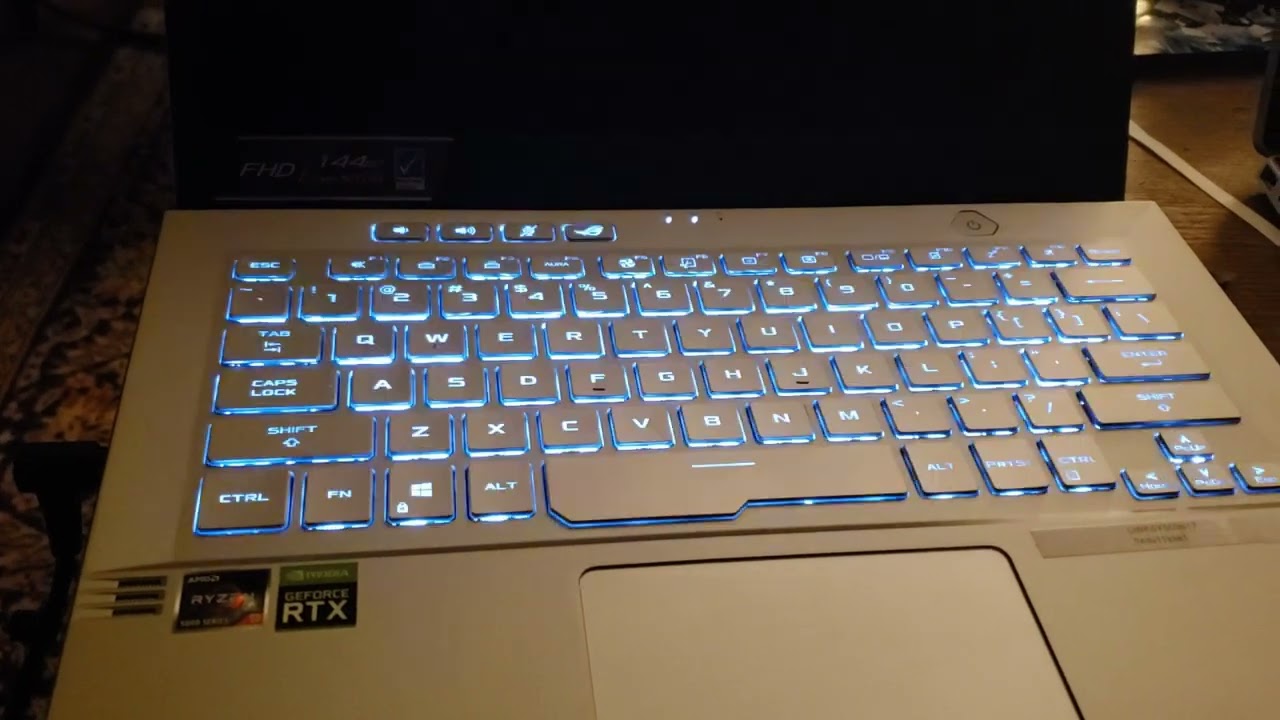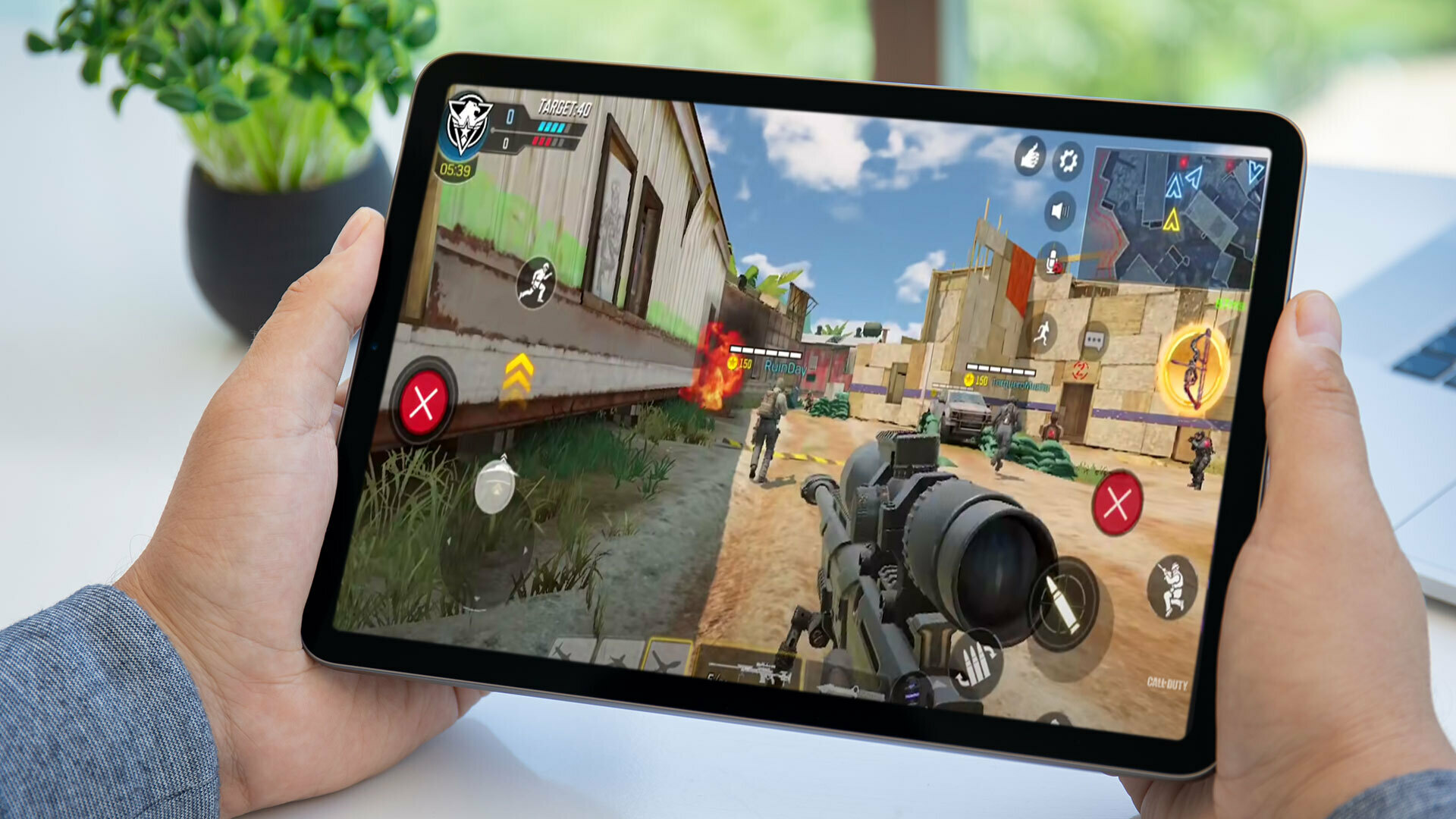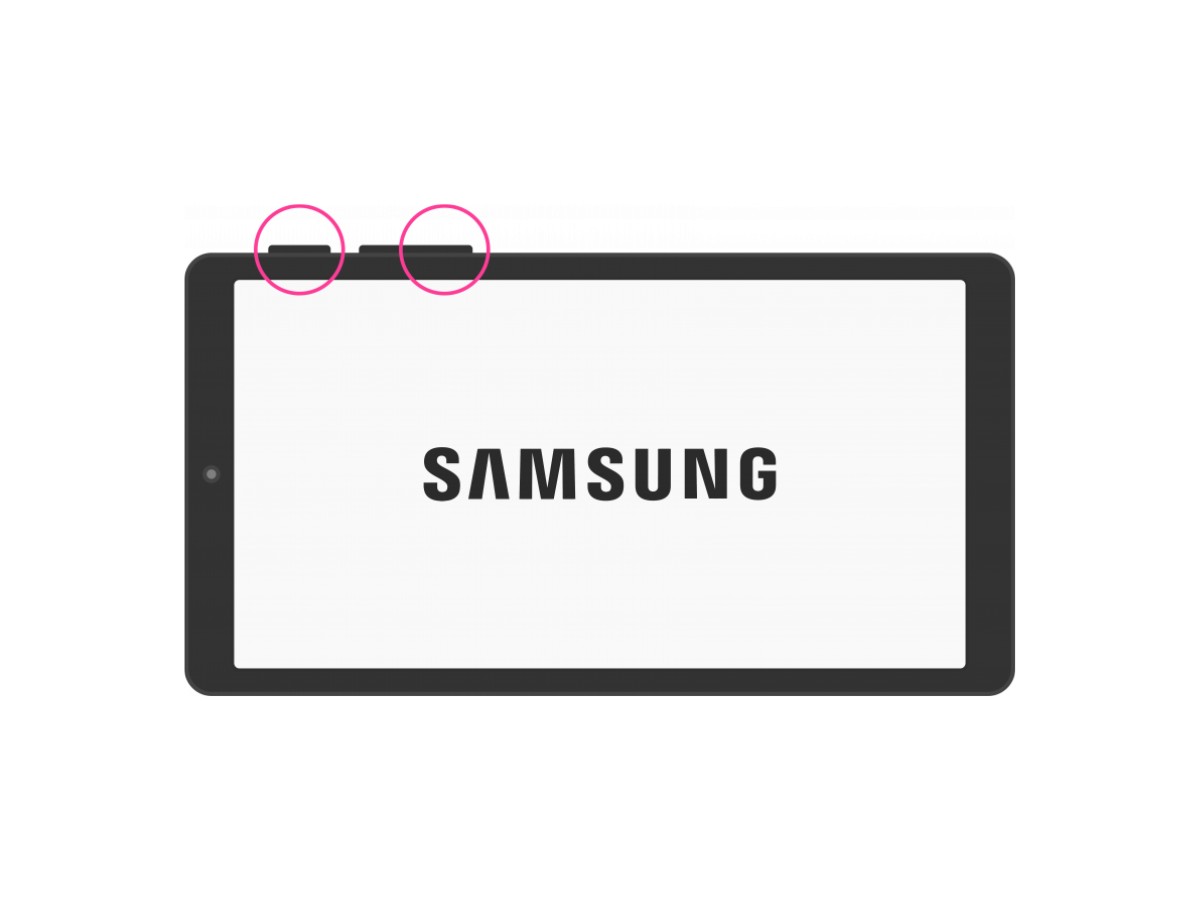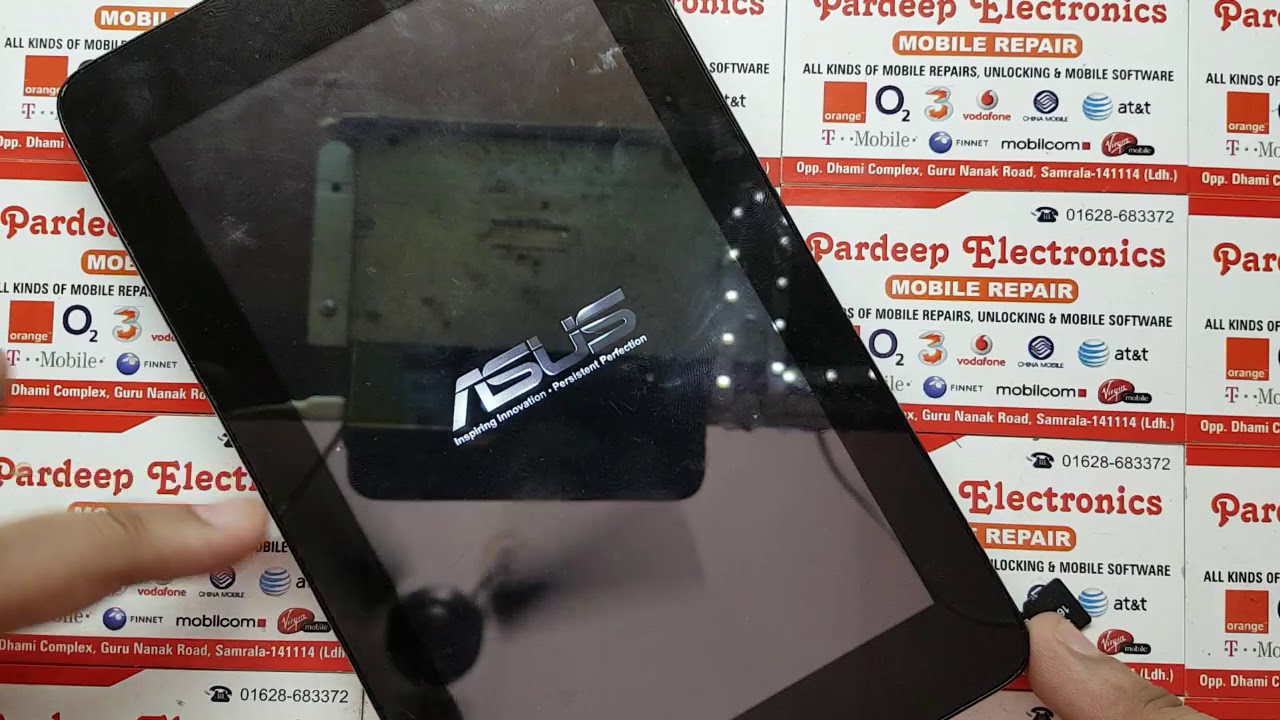Introduction
Asus tablets have become popular devices for work and entertainment, offering a combination of portability and functionality. However, it can be frustrating when your Asus tablet refuses to turn on, leaving you unable to access your files, apps, and important data. There are a few common reasons why your Asus tablet may not be turning on, ranging from simple battery issues to more complex software problems. In this article, we will explore some possible solutions to get your Asus tablet up and running again.
It is essential to troubleshoot the problem and determine the underlying cause before attempting any fixes. If your Asus tablet has suddenly stopped turning on, it could be due to a drained battery, a power button malfunction, or a software glitch. By following the troubleshooting steps outlined in this article, you can diagnose and potentially fix the issue without having to seek professional assistance.
Remember to remain patient and follow each step carefully. Sometimes, the solution can be as simple as charging the tablet or performing a hard reset. Other times, it may require some further investigation. Let’s dive into the common reasons why an Asus tablet won’t turn on and explore the potential solutions.
Common reasons why an Asus tablet won’t turn on
When your Asus tablet fails to turn on, it can be frustrating and worrisome. There are several common reasons for this issue, and understanding them can help you troubleshoot the problem more effectively. Here are some of the most frequent causes:
- Dead battery: The most common reason for a tablet not turning on is a drained or completely dead battery. If you haven’t charged your Asus tablet in a while, it’s possible that the battery has run out of power.
- Power button malfunction: Another possibility is that the power button is not functioning correctly. If the power button is stuck or damaged, it may prevent the tablet from turning on.
- Charging cable issue: A faulty charging cable can also prevent the tablet from receiving power. If the cable is damaged or not properly connected, the tablet may not turn on.
- Faulty power source: Sometimes, the power outlet or USB port you are using to charge the tablet may be faulty. Ensure that the power source is delivering power properly.
- Battery issue: If the battery is faulty or damaged, it could be the reason why your Asus tablet won’t turn on. A malfunctioning battery may need to be replaced.
- Software issues: In some cases, software-related problems can cause a tablet to fail to turn on. This could be due to a recent system update, a software conflict, or a glitch that requires a reset or factory reset to resolve.
These are just a few of the common reasons why an Asus tablet may not turn on. By understanding these possibilities, you can begin troubleshooting and finding the appropriate solution. In the following sections, we will discuss various steps you can take to address each of these potential causes and get your Asus tablet back up and running.
Solution 1: Charge the tablet
If your Asus tablet is not turning on, the first and simplest step is to ensure that it is properly charged. It’s possible that the battery has drained completely, causing the tablet to appear unresponsive. Here’s what you can do to charge your tablet:
- Connect the charger: Plug one end of the charging cable into your Asus tablet’s charging port and the other end into a working power outlet.
- Check the charging icon: Look for a charging icon or battery indicator on the tablet’s screen. It may take a few minutes for the charging icon to appear, so be patient. If the icon appears, it means the tablet is successfully charging.
- Let it charge: Allow the tablet to charge for at least 30 minutes to an hour, even if the charging icon doesn’t immediately appear. Sometimes, the battery may be completely drained, and it takes time to accumulate enough power to turn on.
- Try turning it on: After the charging period, press the power button and hold it for a few seconds. If the tablet has accumulated enough charge, it should turn on. If not, continue charging and proceed to the next solution.
It’s important to use the original charger that came with your Asus tablet or a compatible replacement. Using a faulty or incompatible charger may not deliver the correct voltage and could further prevent the tablet from charging properly.
If your Asus tablet still won’t turn on after following this charging process, there may be another underlying issue. Proceed to the next solution to continue troubleshooting.
Solution 2: Perform a hard reset
If charging the tablet didn’t solve the issue and your Asus tablet still won’t turn on, performing a hard reset may help. A hard reset can resolve software glitches or freezes that might be preventing the tablet from powering on. Follow these steps to perform a hard reset:
- Ensure the tablet is not connected to any power source.
- Locate the power button and any volume buttons on your Asus tablet.
- Press and hold the power button and one of the volume buttons simultaneously for about 10-15 seconds.
- Release the buttons when the Asus logo appears on the screen.
- Allow the tablet to complete the boot process.
- Attempt to turn on the tablet by pressing the power button.
If the tablet still won’t turn on, repeat the process a couple of times to ensure that the hard reset is performed correctly. Make sure to hold the buttons for the specified duration to trigger the reset process.
A hard reset will not erase your data or settings, but it can help resolve any temporary software issues that might be causing the problem. If the tablet still fails to turn on after performing a hard reset, move on to the next solution.
Solution 3: Check the power button
If your Asus tablet is not turning on, it’s possible that the power button itself is the culprit. A malfunctioning power button can prevent the tablet from powering on, even if it is charged and functioning properly. Here’s what you can do to check and potentially resolve issues with the power button:
- Inspect the power button: Examine the power button for any physical damage or signs of obstruction. Make sure it is not stuck or pressed down.
- Press the power button firmly: Sometimes, the power button may not be making proper contact, preventing it from registering your press. Press the power button firmly for a few seconds to ensure it is engaging properly.
- Clean the power button: If you notice any dirt, dust, or debris around the power button, gently clean it using a soft cloth. Be careful not to apply excessive force or liquids that could damage the button.
- Try using an external keyboard: If the power button on the tablet itself is not responding, you can try connecting an external keyboard to the tablet and using its power button to turn on the device.
If the power button appears to be damaged or unresponsive even after these steps, it may require professional repair or replacement. In such cases, it’s best to contact Asus customer support or a qualified technician for further assistance.
However, if the power button seems to be functioning properly and the tablet still won’t turn on, proceed to the next solution to continue troubleshooting.
Solution 4: Plug and unplug the charging cable
If your Asus tablet is not turning on, it’s worth trying to reconnect the charging cable. Sometimes, a loose or improperly connected charging cable can prevent the tablet from receiving power. Follow these steps to plug and unplug the charging cable:
- Remove the charging cable from both the tablet and the power source.
- Inspect the charging cable for any physical damage or frayed wires. If you notice any issues, consider using a different charging cable.
- Reconnect the charging cable to the tablet, ensuring that it is securely inserted into the charging port.
- Plug the other end of the charging cable into a working power outlet or USB port.
- Wait for a few seconds and observe if any charging icon or indicator appears on the tablet’s screen.
- If a charging icon appears, leave the tablet connected to the charger and let it charge for at least 30 minutes to an hour.
- After the charging period, try turning on the tablet by pressing the power button.
If the tablet still won’t turn on, repeat the process a couple of times, ensuring a secure connection between the charging cable and the tablet. Alternatively, try using a different charging cable and power source to rule out any issues with the cable or power outlet.
If the tablet continues to be unresponsive even after trying different charging cables and power sources, move on to the next solution for further troubleshooting.
Solution 5: Connect to a different power source
If your Asus tablet is not turning on, it’s possible that the power source you have been using is the problem. The power outlet or USB port may not be delivering enough power or could be defective. Here’s what you can do to connect your tablet to a different power source:
- Unplug the charging cable from the tablet.
- Try connecting the charging cable to a different power outlet in your home or office. Ensure that the power outlet is functioning properly by testing it with another electrical device.
- If the tablet is connected to a USB port on a computer or laptop, try connecting it to a different USB port.
- Make sure the power source you are connecting to meets the power specifications of your Asus tablet. Using an underpowered or incompatible power source can prevent the tablet from charging or turning on.
- Wait for a few seconds to see if any charging icon or indicator appears on the tablet’s screen.
- If a charging icon appears, leave the tablet connected to the charger and let it charge for at least 30 minutes to an hour.
- After the charging period, try turning on the tablet by pressing the power button.
By connecting your tablet to a different power source, you can determine if the issue is with the previous power outlet or USB port. If the tablet still fails to turn on, proceed to the next solution to continue troubleshooting.
Solution 6: Check the battery
If your Asus tablet is not turning on, it’s possible that there is an issue with the battery. The battery may be depleted or defective, preventing the tablet from powering on. Here are some steps you can take to check the battery:
- Ensure the tablet is disconnected from any power source.
- Locate the battery status indicator on your Asus tablet. This can usually be found in the notifications panel or the settings menu.
- If the battery indicator shows low or no charge, it could be the reason why your tablet won’t turn on. Proceed to the next steps to troubleshoot further.
- Try removing and reinserting the battery:
- For devices with removable batteries, power off the tablet and carefully remove the back cover to access the battery. Gently remove the battery, wait for a few seconds, and then reinsert it. Make sure it is securely connected.
- For devices with non-removable batteries, skip this step.
- Charge the tablet:
- Connect the charger to the tablet and a power source.
- Allow the tablet to charge for at least 30 minutes to an hour.
- Check if the battery indicator shows an increasing charge level.
- Attempt to turn on the tablet by pressing the power button.
If the battery is exhausted or defective, charging it for a sufficient period may allow the tablet to power on. However, if the tablet still won’t turn on or the battery does not hold a charge, it may require replacement. In such cases, it is recommended to contact Asus customer support or a certified technician for further assistance.
If the battery troubleshooting does not resolve the issue, proceed to the next solution to continue resolving the problem.
Solution 7: Software issues and factory reset
If your Asus tablet is not turning on, it’s possible that there are software-related issues causing the problem. Software conflicts, firmware glitches, or a corrupted system can prevent the tablet from powering on. Performing a factory reset can help resolve these issues, but keep in mind that this process will erase all data on the tablet. Proceed with caution and make sure to back up any important files beforehand. Here’s how to perform a factory reset:
- Power off the tablet if it is currently on.
- Press and hold the volume up button and the power button simultaneously until the Asus logo appears on the screen.
- Release both buttons and wait for the Android system recovery menu to appear.
- Use the volume buttons to navigate the menu and select the “Wipe data/factory reset” option.
- Press the power button to confirm the selection.
- Navigate to the “Yes” option using the volume buttons and confirm with the power button to initiate the factory reset process.
- Once the reset is complete, select the “Reboot system now” option to restart the tablet.
After the factory reset, your Asus tablet should power on and prompt you to set it up as if it were new. However, keep in mind that this process will erase all data, apps, and settings on the tablet. Make sure to back up any important files beforehand and be prepared to reinstall apps and reconfigure settings after the reset.
If the tablet still fails to turn on after performing a factory reset, there may be underlying hardware issues or other complex software problems that require professional assistance. In such cases, it is recommended to contact Asus customer support or consult a qualified technician to diagnose and repair the tablet.
Conclusion
If your Asus tablet is not turning on, it can be a frustrating experience. However, by following the troubleshooting steps outlined in this article, you should be able to identify and potentially resolve the issue. Here’s a quick recap of the solutions discussed:
We started by ensuring that the tablet is properly charged, as a drained battery is often the culprit. Next, we performed a hard reset to address any software glitches. Then, we checked the power button for any physical damage or obstructions. We also tried plugging and unplugging the charging cable and connecting to a different power source. If the issue persisted, we checked the battery and attempted to charge it. Finally, if all else failed, we looked into software-related problems and performed a factory reset.
Remember, troubleshooting steps may vary depending on your specific Asus tablet model, so it’s always best to refer to the user manual or contact Asus customer support for further assistance.
If none of the solutions worked or you are unsure about performing the troubleshooting steps yourself, it’s recommended to seek professional help. Qualified technicians can diagnose and repair any underlying hardware or software problems that may be causing the tablet to not turn on.
By following these troubleshooting steps and seeking help when needed, you can increase the chances of successfully resolving the issue and getting your Asus tablet back in working order.







